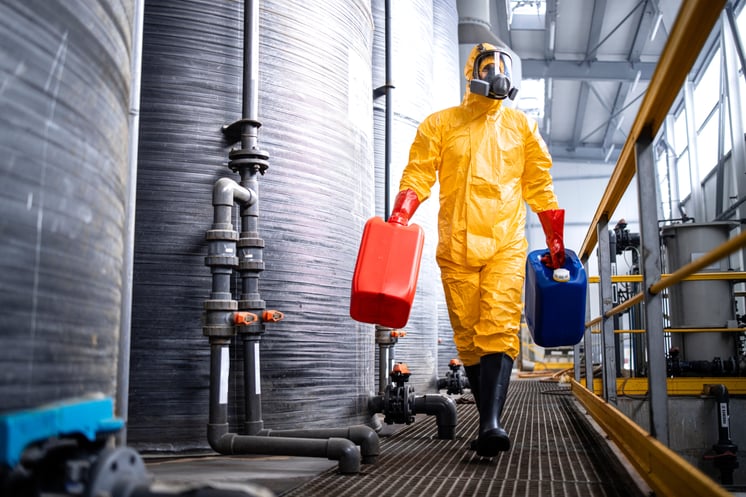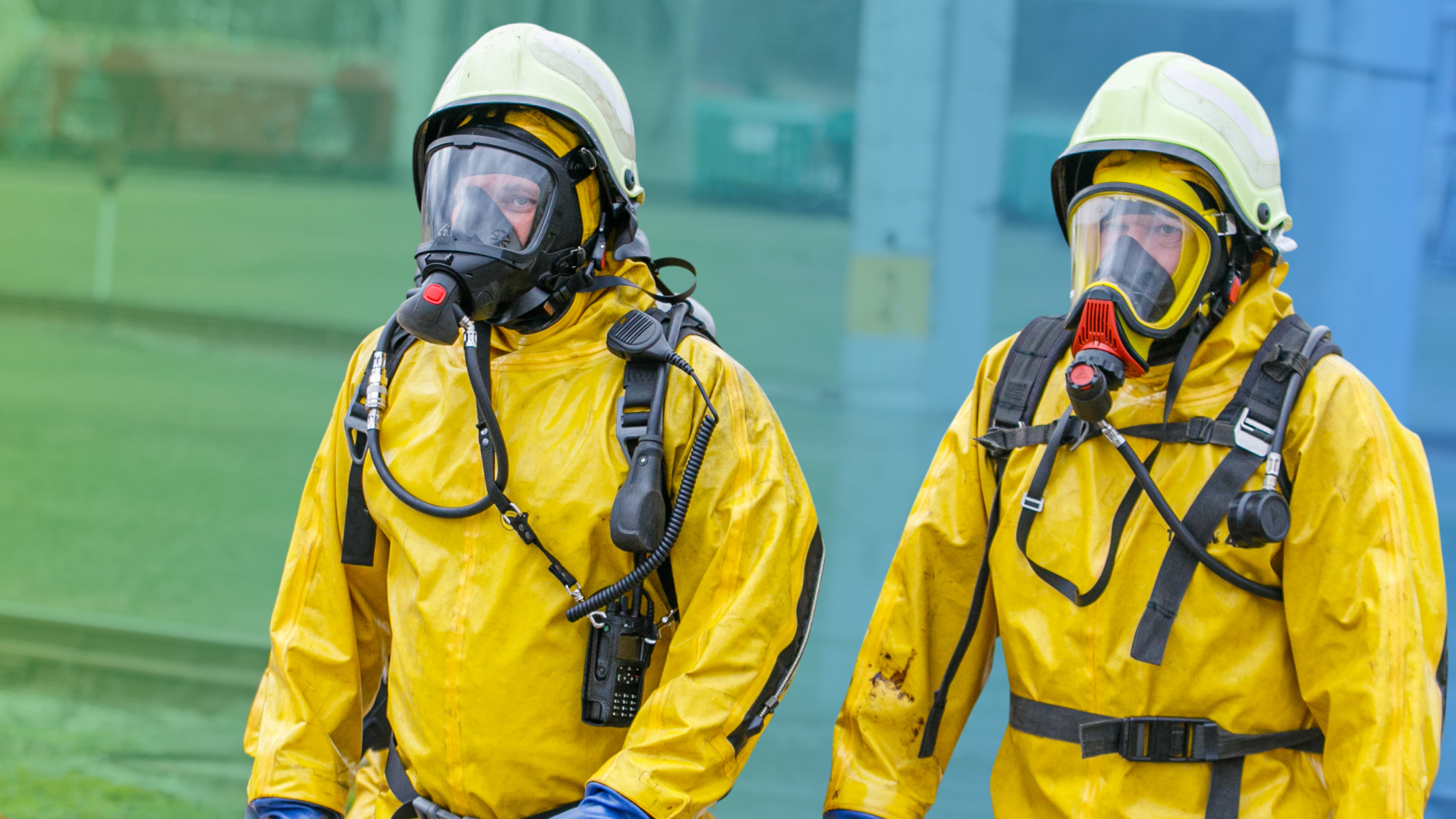Chemical hazards at work are dangerous, but what are they exactly? What can you do to protect yourself and others from exposure to chemical hazards? Here’s what you should know about them, along with several examples.
A Definition of Chemical Hazards
A chemical hazard is any substance that can cause harm to humans, animals, or the environment. Chemical hazards can be found in many places, including the workplace, the home, and the community. There are many different types of chemical hazards, but some of the most common include:
- Flammable chemicals: These chemicals can catch fire easily and cause burns. Gasoline, lighter fluid, and paint thinner are all flammable chemicals.
- Explosive chemicals: These chemicals can explode under certain conditions and cause serious injuries or death. Fireworks, dynamite, and gunpowder are all explosive chemicals.
- Toxic chemicals: These chemicals can be harmful if ingested, inhaled, or absorbed through the skin. They can cause a variety of health problems, including cancer, respiratory problems, and birth defects. Lead, mercury, and arsenic are all toxic chemicals.
- Corrosive chemicals: These chemicals can damage skin, eyes, and other tissues. Hydrochloric acid and sulfuric acid are both corrosive chemicals.
- Irritant chemicals: These chemicals can cause skin rashes, eye irritation, and respiratory problems. Ammonia and chlorine are both irritant chemicals.
- Asphyxiating chemicals: These chemicals can prevent the body from getting enough oxygen. Carbon monoxide and nitrogen dioxide are both asphyxiating chemicals.
- Radioactive chemicals: These chemicals emit radiation that can damage cells and cause cancer. Uranium and plutonium are both radioactive chemicals.
How to Protect Yourself from Chemical Hazards
There are a number of things you can do to protect yourself from chemical hazards. This includes reading the Material Safety Data Sheet (MSDS) for every chemical that you use. The MSDS is a document that provides information about the chemical, including its hazards, how to use it safely, and how to treat exposure. Additionally, you should only use chemicals in well-ventilated areas. This will help to prevent fumes and vapors from building up and causing health problems.

Likewise, wearing personal protective equipment (PPE) when handling chemicals, which may include gloves, goggles, a respirator, and a lab coat, provides additional protection. Finally, be sure to only mix chemicals unless you are trained to do so and never eat, drink, or smoke in areas where chemicals are being used to prevent accidental ingestion. Finally, always dispose of chemicals properly. This may involve following specific procedures or using special containers.
If You Are Exposed to a Chemical Hazard
If you are exposed to a chemical hazard, it is important to seek medical attention immediately. The sooner you are treated, the better your chances of recovery.
Here are some things you should do if you are exposed to a chemical hazard:
- Remove yourself from the exposure area.
- Call 911 or your local emergency number.
- If possible, identify the chemical that you were exposed to.
- Describe the exposure to the emergency responder.
By following these tips, you can help to ensure that you receive the medical attention you need.
Final Thoughts on Chemical Hazards
Understanding and mitigating chemical hazards is crucial for maintaining a safe environment in the workplace and beyond. By recognizing the various types of chemical hazards and implementing protective measures such as reading Material Safety Data Sheets, using personal protective equipment, and ensuring proper ventilation, individuals can significantly reduce the risk of exposure. Additionally, knowing the steps to take in the event of exposure can be lifesaving. Prioritizing safety and awareness not only protects individuals but also contributes to a healthier and safer community.

